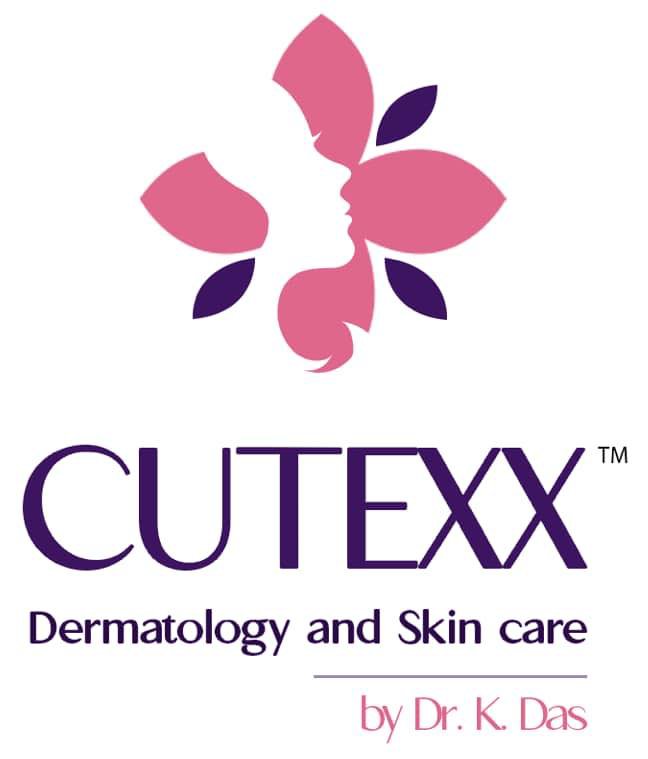
KELOID / HYPERTROPHIC SCARS

HYPERTROPHIC SCARS – KELOIDS
Hypertrophic scars and keloids are types of abnormal scars that form as a result of the body’s healing process following injury, surgery, or trauma to the skin.
Hypertrophic scars are raised, red, and often itchy, but they remain within the boundaries of the original wound.
Keloids, on the other hand, are thicker, larger, and extend beyond the original wound site. Keloids are often shiny, smooth, and can be pink, red, or darker than the surrounding skin.
TYPES
- Raised Scars– Hypertrophic scars, Keloids
- Indented or Depressed Scars– Atrophic scars, like acne scars
HYPERTROPHIC SCARS AND KELOIDS
Following a skin injury sometimes the wound heals with production of excess repair tissue i.e. collagen, which then gets deposited in these scars resulting in either a hypertrophic or a keloid scar.
- Hypertrophic Scars – In hypertrophic scars the excess collagen is deposited within the borders of the original injury. They may be painful and itchy and can occur in any area of the body.
- Keloids – They tend to extend in a claw-like fashion beyond the border of the original injury, becoming itchier over time. They occur more often in darker-skinned people. Common sites are chest, earlobes, shoulders, upper back.
- Hypertrophic scars tend to regress in time becoming flatter and smoother however keloids may continue to expand in size for decades.
TREATMENTS AT CUTEXX SKIN CLINIC FOR SCARS:
Treatments for keloids and hypertrophic scars vary. There is no one simple cure a customised treatment plan is essential. Treatment may include the following:
- Creams and Lotions – Topical creams or gels containing steroid or silicon can be used that help flatten keloids and hypertrophic scars. But they will not completely disappear. Therefore, they are used in combination treatment with various other treatments.
- Steroid Injections – Steroids are injected directly into the scar tissue to help decrease the itching, redness, and burning sensations and also decrease the size of the scar. A series of injections is usually required to gain the maximal effect – generally given at 2-3 week intervals. They should be given by trained practitioners only.
- 5-Flurouracil Injections (5-FU) – 5-FU acts on the fibroblasts in the scar tissue, thus preventing them from making new scar tissue. These are often used in combination with steroid injections.
- Laser Treatment – Lasers such as RF pixel available at Skin and You Clinic works to flatten the scar and blend it into the skin.
- Pressure Therapy – Pressure therapy involves a type of pressure bandage worn over the area of the scar. These may be worn day and night for 4-6 months.
WHY CUTEXX SKIN CLINIC FOR KELOIDS AND HYPERTROPHIC SCARS?
We at Cutexx Skin Clinic, assess & examine and plan an individualized treatment protocol combining the above mentioned procedures to achieve the best result with each session.
Consult Now
Dr. Kinnor Das, MBBS, MD, is a specialist in Dermatology, Venereology, and Leprosy. With extensive training and experience in these areas, Dr. Das is dedicated to providing exceptional care to his patients.

